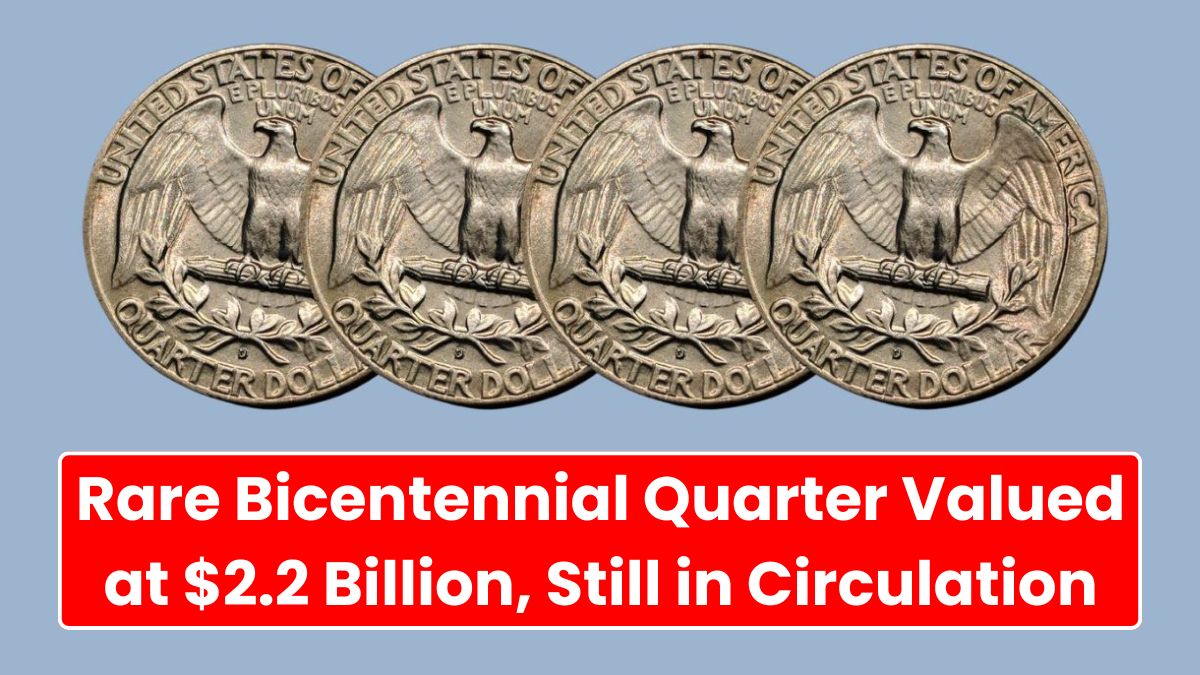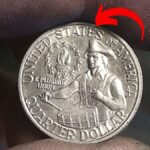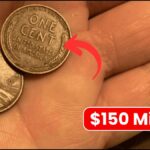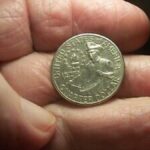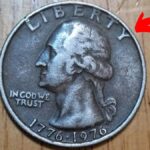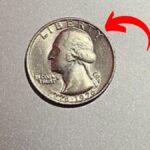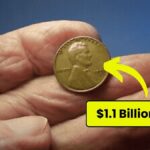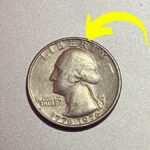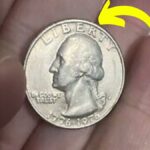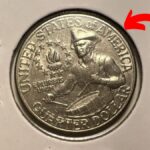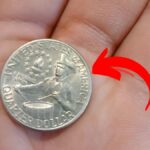Imagine finding a coin in your pocket that’s worth $2.2 billion. Sounds unbelievable, right? But that’s the story that has caught the attention of coin collectors and curious people across the world. The coin in question is a rare Bicentennial Quarter, and it’s said to still be in circulation. While the value might be exaggerated, the buzz around this coin is real, and it’s an exciting example of how certain coins can become extremely valuable due to their rarity, history, or mistakes during minting.
What Is the Bicentennial Quarter?
The Bicentennial Quarter was minted in 1975 and 1976 to celebrate the 200th anniversary of American independence. Unlike regular quarters, this coin has a unique design:
Obverse (front): Shows George Washington, just like the regular quarters.
Reverse (back): Features a colonial drummer and a torch encircled by 13 stars representing the original colonies.
The coin also has a special dual date marking: 1776–1976, highlighting its commemorative purpose.
Why Is It So Valuable?
Most Bicentennial Quarters are common and worth only 25 cents. However, a few rare versions are believed to be worth millions—or even billions—due to special features such as:
Minting errors: Coins with mistakes like double strikes, wrong metal use, or missing details can be extremely valuable.
Silver content: A small number were made in 40% silver, not the usual copper-nickel.
Proof coins: High-quality coins made for collectors, especially those in perfect condition, are much more valuable.
The $2.2 billion figure likely comes from online hype or a one-of-a-kind error coin, but even realistic versions of rare Bicentennial Quarters can be worth thousands of dollars.
Still in Circulation?
One reason this story is so fascinating is that the coin is said to still be in circulation. That means someone could find it in their change from the grocery store or tucked away in an old coin jar at home. While the chances are extremely small, it’s not impossible—millions of these quarters were made, and some rare ones might still be out there.
How to Identify a Valuable Bicentennial Quarter
Not every 1776–1976 quarter is worth a fortune. Here’s what to look for:
Mint mark: Look for a small letter under the date:
D for Denver mint
S for San Francisco (proof or silver versions)
No letter for Philadelphia mint
Material: If your coin looks shiny or silver-colored, it could be a 40% silver coin.
Error signs: Double images, off-center strikes, or missing parts are all signs of a rare error coin.
Condition: Coins in mint or uncirculated condition are always more valuable.
If you think you have a rare coin, consider having it graded by a professional coin grading service like PCGS or NGC.
Tips for Coin Collectors and Beginners
If you’re interested in collecting coins or just curious about what your spare change might be worth, here are a few simple tips:
Start by checking your pocket change: You never know what you’ll find.
Keep coins in good condition: Use coin holders or albums to avoid scratches.
Do your research: Learn about coin types, mint marks, and errors.
Join a coin collecting group: These communities can help you spot fakes and understand values.
Be cautious online: Don’t fall for fake listings that claim average coins are worth billions.
Conclusion: A Billion-Dollar Surprise?
While it’s unlikely you’ll find a Bicentennial Quarter worth $2.2 billion, the story reminds us that rare and valuable coins can still be out there. Whether it’s worth billions or just a few thousand dollars, discovering a rare coin can be exciting and rewarding. So next time you get change, take a closer look—you might just be holding a tiny piece of history in your hand.
Disclaimer: The value of coins mentioned in this article is based on market trends and collector interest, and is not guaranteed. Always consult a professional appraiser for accurate valuation.

